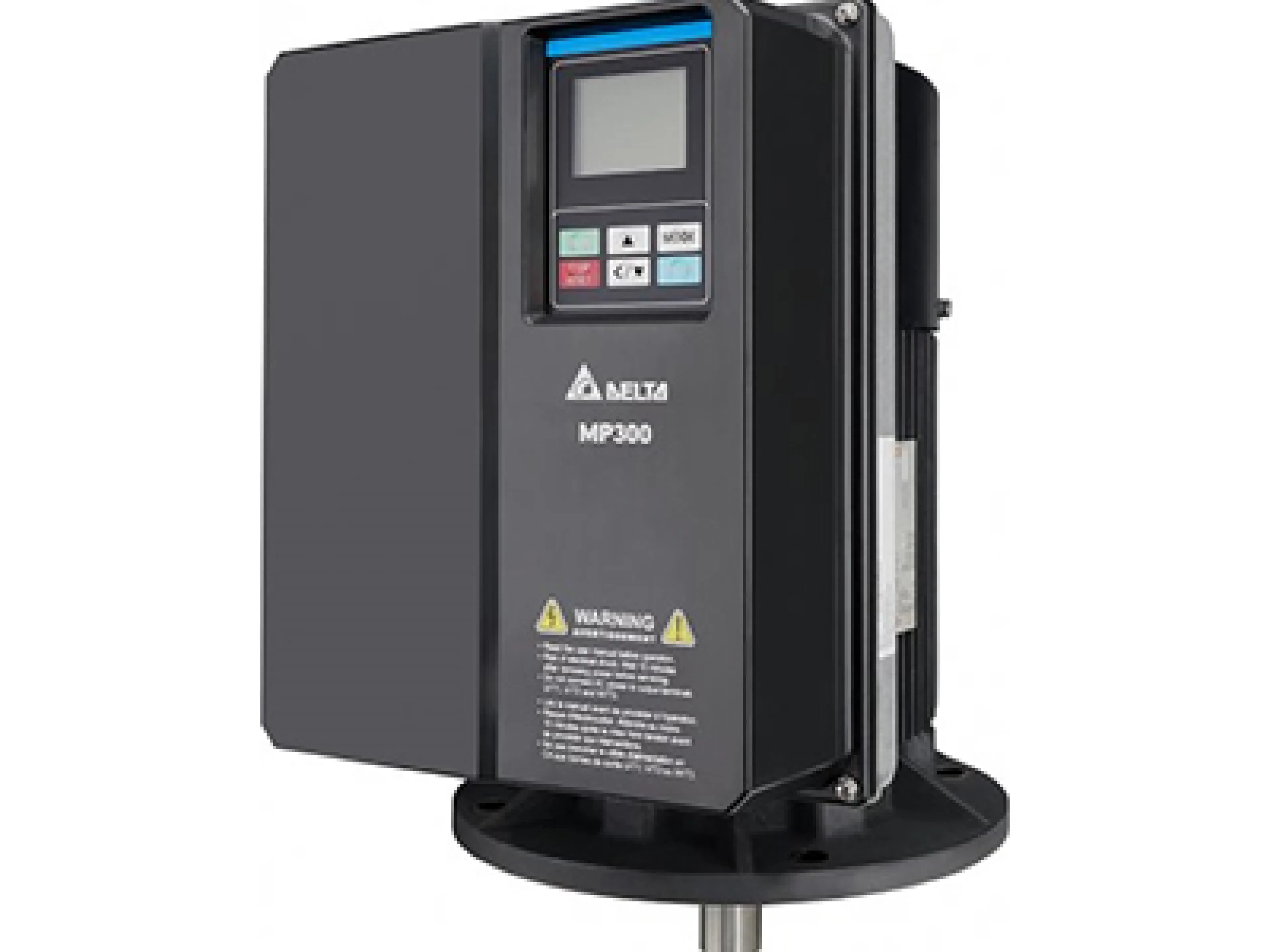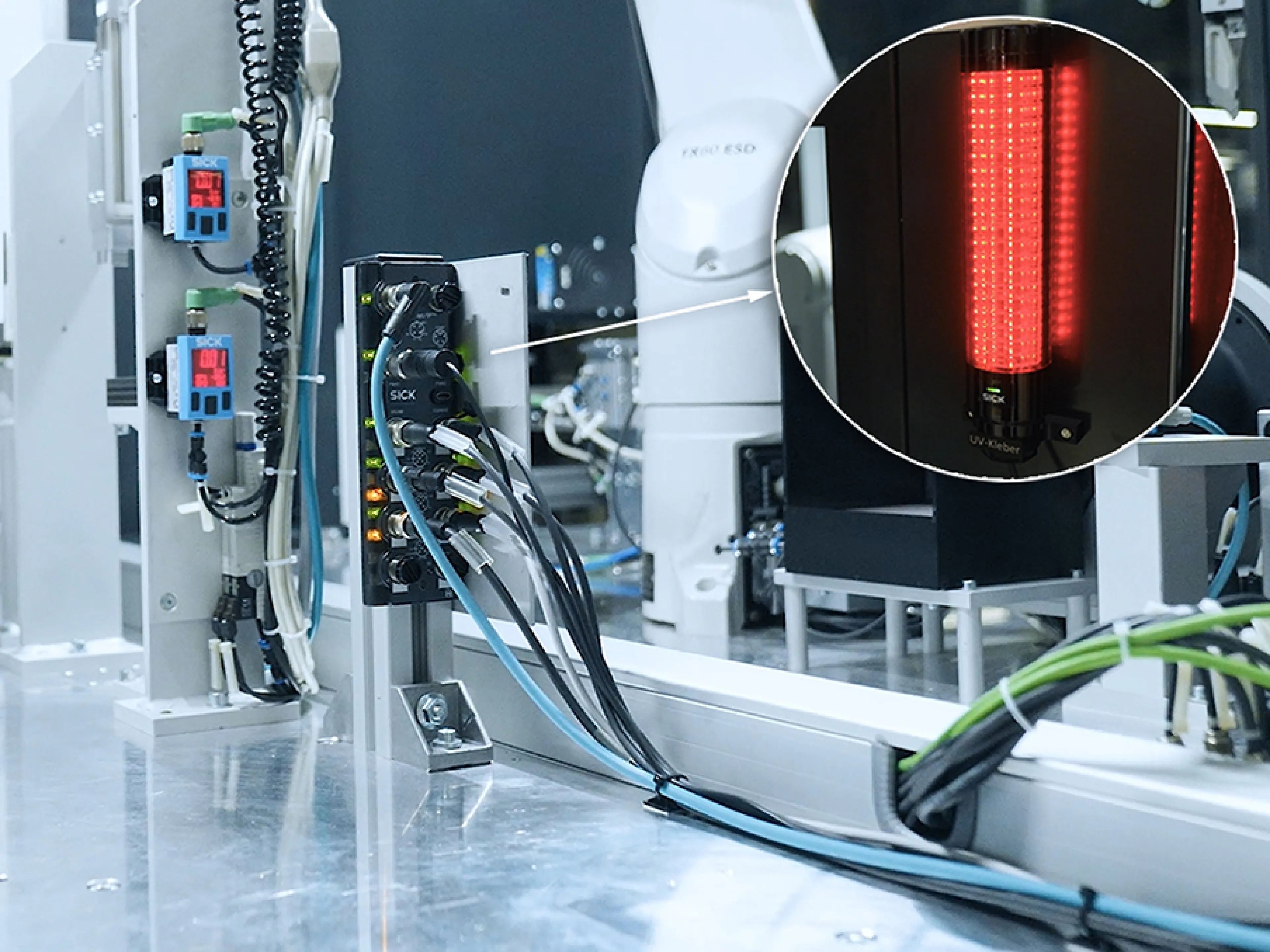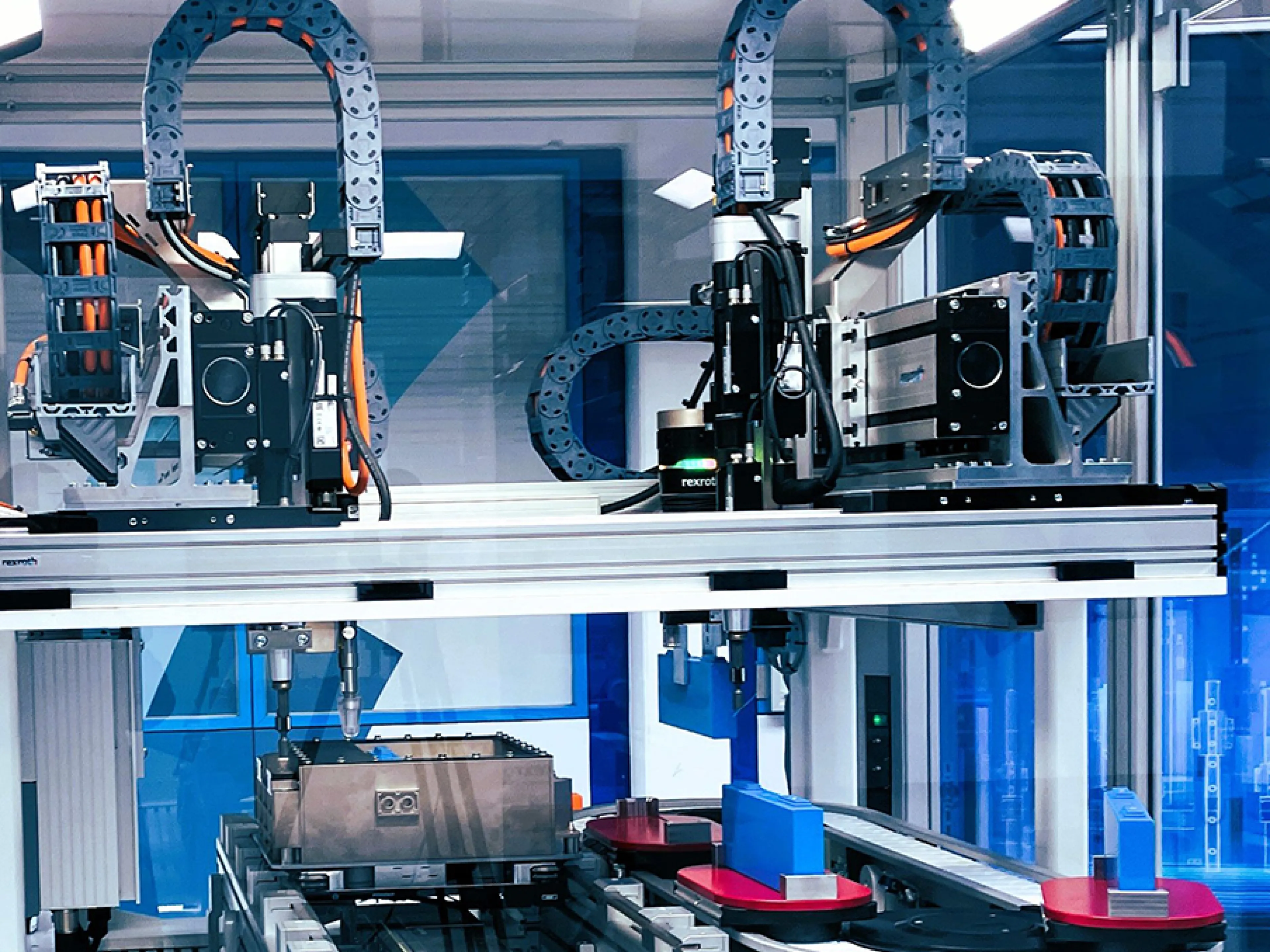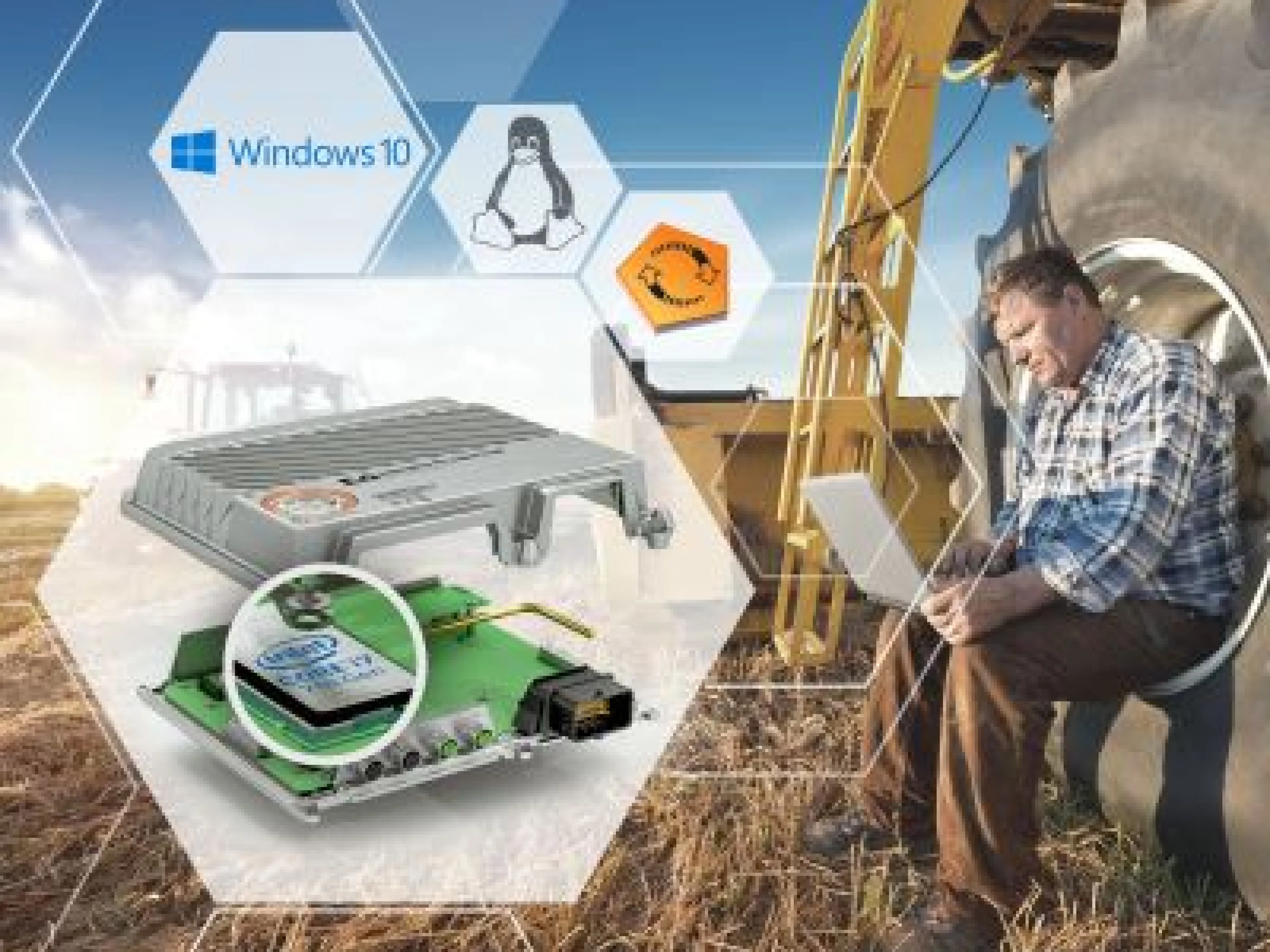
Last June, Namur, ZVEI and PI (Profibus & Profinet International) agreed to collaborate. The aim of the cooperation is to establish the open standard Namur Open Architecture, or NOA for short, for efficient and secure vertical communication in production plants in process automation. The task is to define a standardized channel for the non-reactive transmission of the required digital data using NOA. This data is used for monitoring, process optimization and predictive maintenance via a parallel second channel from the field. In the meantime, the joint work has begun and is bearing its first fruit.
NOA Steering Committee starts work
Based on the use cases developed so far and with the support of the available test facilities for determining the degree of interoperability of NOA implementations in various applications, valuable experience is being gained. The achievable savings potential is being demonstrated, which in turn can show the potential for cost savings. All of this is considered in the context of a long-term interoperable standard. To this end, the cooperation partners have already begun coordinating within the established NOA Steering Committee.
In a joint workshop with experts from the cooperation partners, the members of the Steering Committee evaluated the use cases described in the Namur recommendations in terms of their relevance and urgency. Topics were defined and priorities and necessary steps for further work were established.
Verification of the practical suitability of the specifications by means of pilot applications
In this context, the Steering Committee decided to improve the practicality of the specifications by means of a pilot plant right at the start of the specification work. The implementations currently available are based on the requirements and implementation instructions defined in the Namur recommendations. They thus represent the basis for further work. In addition, they show that the technology is available and can now be scaled in many plants. This means that the urgently needed savings potential can also be realized in the short term. The pilot plant provides a practical infrastructure that resembles a plug-fest. Further new implementations are to be continuously integrated into this. This approach and testing under real-life conditions at the plant have already proven successful in the past few years in the collaboration between Namur and ZVEI.
Implementation in interoperable NOA products
The findings from the pilot applications are used to create test scenarios, which in turn contribute significantly to the evaluation of the quality of the specification documents and their implementation in interoperable NOA products at an early stage of the specification creation process. In the next step, these test scenarios then form the basis for the development of the certification tests and the provision of the tools required for this. The Steering Committee will set up joint working groups to carry out the specification work, define quality assurance measures and implement marketing projects.









